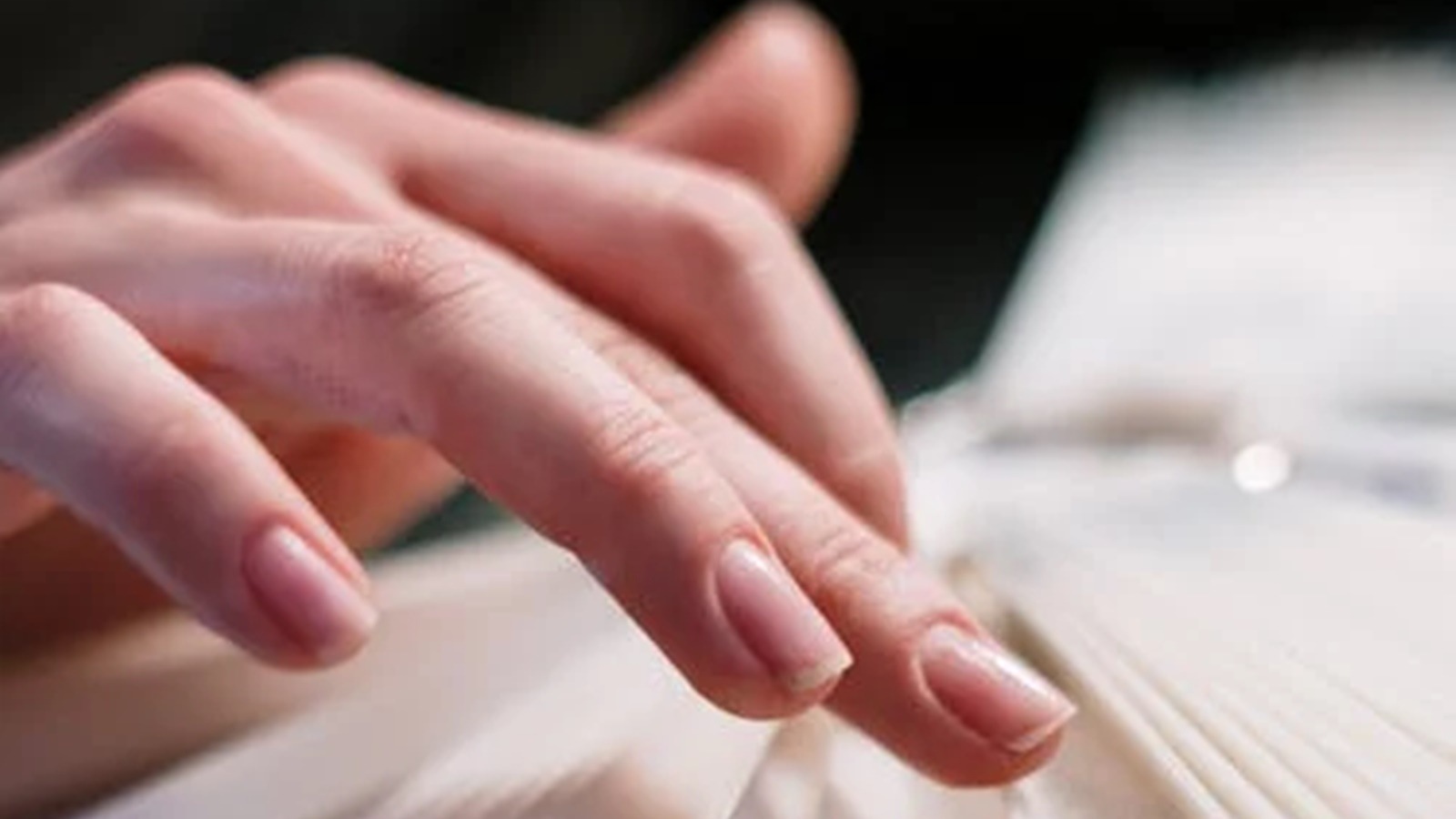Following an alarming trend of sudden hair loss, Shegaon in Maharashtra’s Buldhana district is again in the news for yet another health issue – shedding of nails. According to a recent PTI report, nearly 30 individuals in Shegaon have been reported with nail deformities, which may be linked to high selenium levels in their blood.
Shegaon had made national headlines in December 2024 and early January this year, following complaints of people experiencing sudden baldness and hair loss, also due to an alleged link between high selenium content in wheat distributed through ration stores. However, the claims remained unconfirmed, with several experts disagreeing.
“Twenty-nine persons have been found with nail deformities in four villages in Shegaon taluka. In some cases, the nails have fallen off. They have been given primary treatment and will be sent to a hospital in Shegaon for further examination,” Dr Anil Bankar, Buldhana health officer, told PTI two days ago. As per preliminary information, he attributes this problem to the “presence of high selenium as those who suffered hair loss are also experiencing problems of nail loss,” Bankar added.
To understand the link between selenium and hair and nail loss, indianexpress.com spoke to a Bengaluru dermatologist who confirmed that excess selenium in the body disrupts the normal function of keratin, the key protein that makes up our hair and nails.
According to Dr Priyanka Kuri, dermatology consultant, Aster Whitefield Hospital, Bengaluru, high selenium level is a condition known as selenium toxicity or selenosis, and it can lead to hair loss and nail abnormalities, including brittleness, discoloration, and shedding.
“Chronic intake of selenium above the tolerable limit of 400 mcg/day for adults can result in hair or nail loss, along with fatigue, stomach issues, and a garlic-like breath odour. Overuse of certain supplements or even environmental factors have been known to be the major contributor behind the development of this condition,” Dr Kuri explained.
 What causes brittle nails? (Source: Pexels)
What causes brittle nails? (Source: Pexels)
How to treat this condition?
According to Dr Kuri, the condition is reversible by reducing selenium intake, but it is important to detect the issue early for a better outcome. “Treatment of selenium toxicity primarily involves reducing or eliminating excess selenium intake — this means stopping high-dose supplements, avoiding selenium-rich foods in excess, and managing environmental exposure. Usually, when people reduce exposure, hair and nail loss lessens gradually,” said Dr Kuri.
Story continues below this ad
Supportive care, including a balanced diet and adequate hydration, can aid recovery. However, in severe cases, medical supervision is necessary to monitor organ function and manage systemic symptoms.
What can you do to prevent it in the first place?
Dr Kuri shared that prevention involves adhering to the recommended dietary allowance (RDA) for selenium and avoiding unnecessary supplementation unless advised by a doctor. Regular blood tests may be recommended for individuals at risk, especially those using supplements for a long term.
DISCLAIMER: This article is based on information from the public domain and/or the experts we spoke to. Always consult your health practitioner before starting any routine.


